A series of Apple patent filings published this week reveal a version of the Apple TV media device capable of browsing and recording live television programming in addition to serving up pre-aired content from the company's iTunes Store.
The remote, similar in appearance to second-generation iPod nano, would include an LCD display, storage component, and touch-based navigation pad that would allow users to download several weeks of programming information from the Apple TV media device onto the remote interface for later interaction.
"For example, program data for upcoming programs, e.g., for the next month, can be downloaded and stored on the remote control device," Apple said. "Thereafter, a user of the remote control device can search programs that are to be broadcast and determine which programs to record. The recording settings can be programmed onto the remote control device, and then be provided to the video device when a data communication is established between the remote control device and the video device."
(Note: it would seem logical that this functionality could also be integrated directly into the iPhone or iPod touch.)
In real world instances, this would allow users to pre-load the remote with the following month's scheduled television programming, pack the remote with their belongings, and then while on "a commute on a train," for instance, use the remote to determine what programs to record.
"Thus, when the user arrives home, the user can place the remote control device within the vicinity of the video device or within the docking port, and the recording data is downloaded into the video device," the company explained. "Thereafter the specified programs are recorded."
Although shown in Apple's filings as comprising a circular navigation surface below the LCD screen, another implementation of the advanced remote could include a "rectangular surface, a square surface, or some other shaped surface," Apple said. "Other surface geometries that accommodate pressure sensitive areas and that can sense touch actuations may also be used, e.g., an oblong area, an octagon area, etc."
Meanwhile, the Apple TV device itself would feature a more advanced form of an on-screen programming guide akin to those found on today's digital cable boxes or TiVO DVR records. In addition to a standard guide that takes up the entire screen, Apple illustrates several "overlay" interfaces that consume less real estate, such as a horizontal "recording navigation menu" that could float atop of ongoing video content, offering a list of recorded content and allowing the user to preview those recordings in a small widget dialog while live programming transmissions are ongoing.
Several other overlay interface components are also apparent from the filings, including a Mac OS Dock-like interface that would rise from the bottom of the screen and include icons for recording shows, searching programming, and so forth.
"In one implementation, the icons include a home icon, a recordings navigation icon, a channels navigation icon, a browse navigation icon, and a search navigation icon," Apple said. "Additionally, one or more context-dependent icons may also be generated within the menu overlay. For example, a record icon can be generated in the received context to allow a user to record video data that is presently being received. In one implementation, the menu overlay may also delimit context-dependent icons. For example, a bar delimits the record icon from the navigation icons."
Such as the case with Mac OS Dock, highlighting an icon would be indicated by enlarging the size of the icon and generating a textual description atop the enlarged icon. By using the navigational component of the advanced Apple remote, a user could select the delete icon to delete from memory the recorded program currently being displayed in the video environment. Users could also shrink, zoom or resize video being displayed in the video environment. In instances of shrunken content, a "reflection of the video environment may be shown in the space" also occupied by the Dock-like control interface.
Selecting the "channel" icon from the Dock would produce a narrow, vertical overlay that lists all pre-recorded content or live content, within which the user could preview clips of those while live broadcasts or pre-recorded content while video continues to run in the full-screen environment.
"In one implementation, the video preview is generated after the channel menu item remains highlighted for a period of time, e.g., several seconds. In another implementation, the video preview is generated after the channel menu item 918 is highlighted and at the cessation of a touch actuation (e.g., the lifting of a finger off the rotational input device of the remote control device)," Apple said. "The video preview can be generated, for example, by expanding the channel menu item vertically. In the received/broadcast context, the video preview can include the video data of the program currently being broadcast on the channel corresponding to the highlighted channel menu item."
Additional interface overlay menus described in the filings include a vertical browsing menu and "action menu," the latter of which would include icons for playback, recording, deletion, and accessing "related programming." Options would exist to record just one episode of a show or "all instances" of a series. A search overly component is also detailed, similar to the version already included in the current version of Apple TV, only suited to search the live programming guide. It could function both as part of both the full-screen guide, or via the narrow vertical overlay guide.
As part of its filings, Apple also included about a dozen tables showing the how the various inputs on the touch-based Apple remote would function differently depending on what content or navigational interface was displayed on the screen. For example, while browsing the on-screen guide, the left side of the circular touch surface would rotate the listing to the left, while that same function during video playback would rewind the video by 10 seconds.
Also of interest from the filings is a hybrid search function that would simultaneously search the live program guide and the iTunes Store for a certain criteria, combining the results in a single results window that would indicate which content was freely available as part of current or future television broadcasts, and which was available solely for purchase from the iTunes Store as previously-aired programming.
 AppleInsider Staff
AppleInsider Staff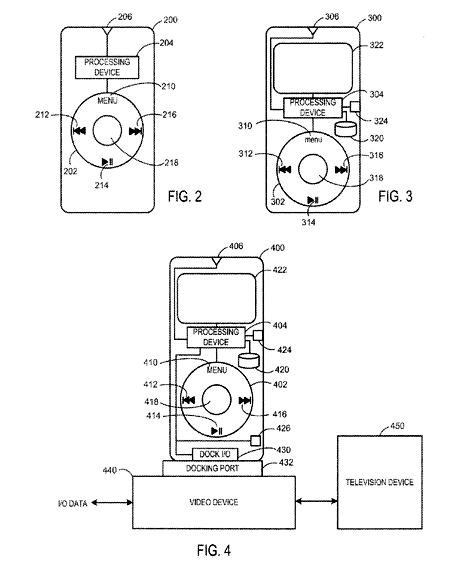

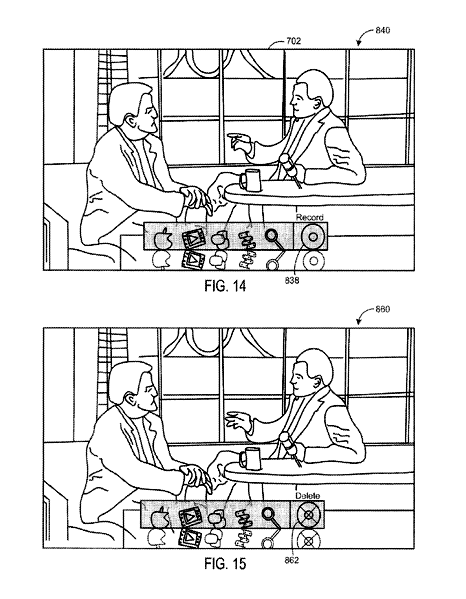
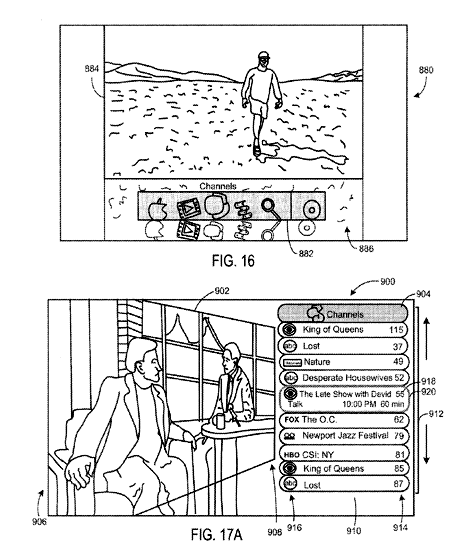
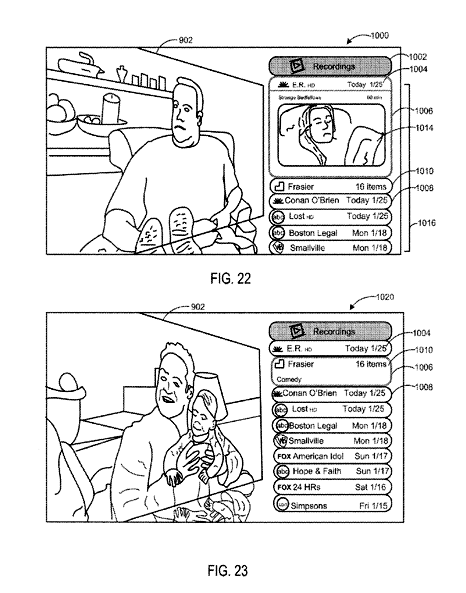
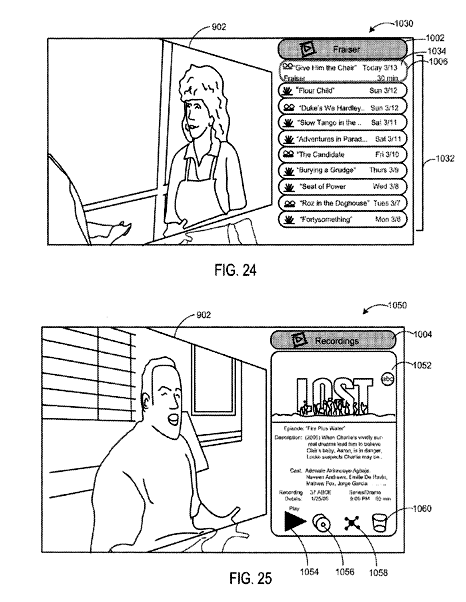
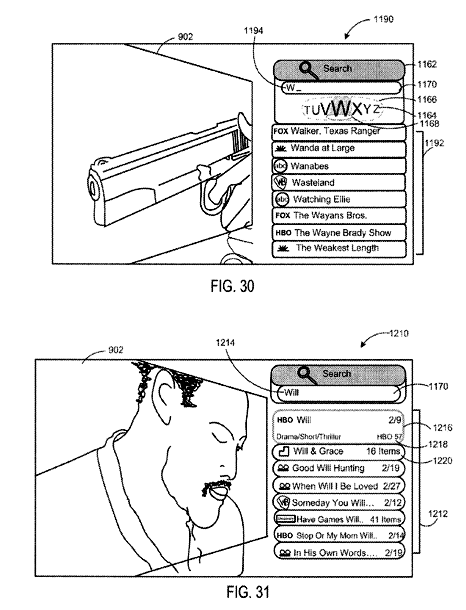
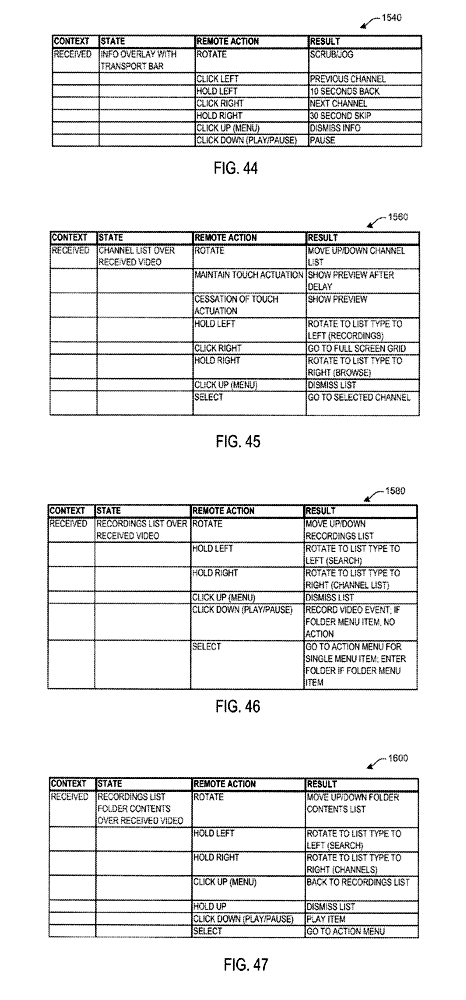
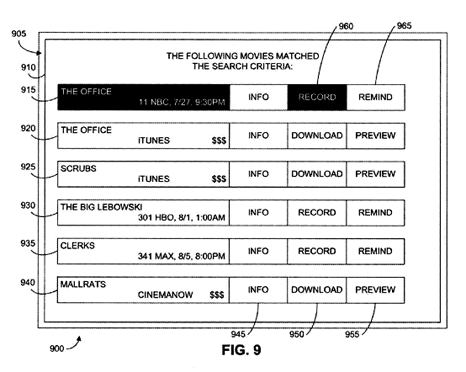







-m.jpg)






 Malcolm Owen
Malcolm Owen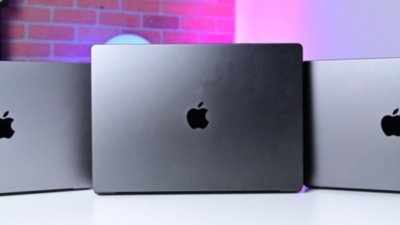
 Andrew Orr
Andrew Orr

 William Gallagher
William Gallagher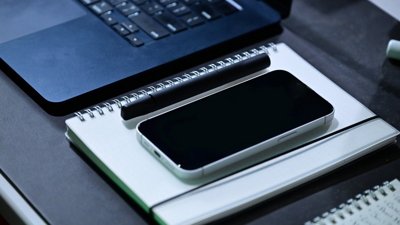

 Chip Loder
Chip Loder
 Marko Zivkovic
Marko Zivkovic

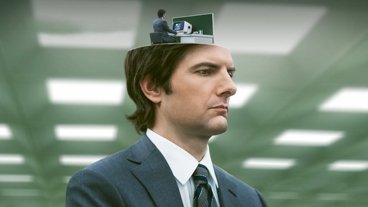



-m.jpg)




113 Comments
Sing me up to buy several of these things. This is exactly what I have been looking for. A Tivo with no monthly billing that can buy all of the content I desire A'la carte.
I would prefer just an OTA tuner and no cable card. Keep the cost down.
It will be interesting to see how much of this, if any, they put into production.
I have verizon FIOS now and I don't care for the on screen guide and its lag and I *hate* the on-demand interface. I haven't yet ventured into the DVR world, but if Apple could come up with something that does everything WELL then I would be very interested indeed.
If they could do for the human/TV interface what they seem to be doing for the human/cell phone interface, well, that would be a good thing.
I'll take one.
Now.
Sing me up to buy several of these things. This is exactly what I have been looking for. A Tivo with no monthly billing that can buy all of the content I desire A'la carte.
I would prefer just an OTA tuner and no cable card. Keep the cost down.
You just described exactly the functionality of the current EyeTV product from Elgato.
An Apple branded DVR would be awesome! I have an Elgato tuner that turns my Mac into a DVR, and works pretty darn well, but I'm sure Apple could make it way better. I think this would be a good move for Apple TV 3.0.